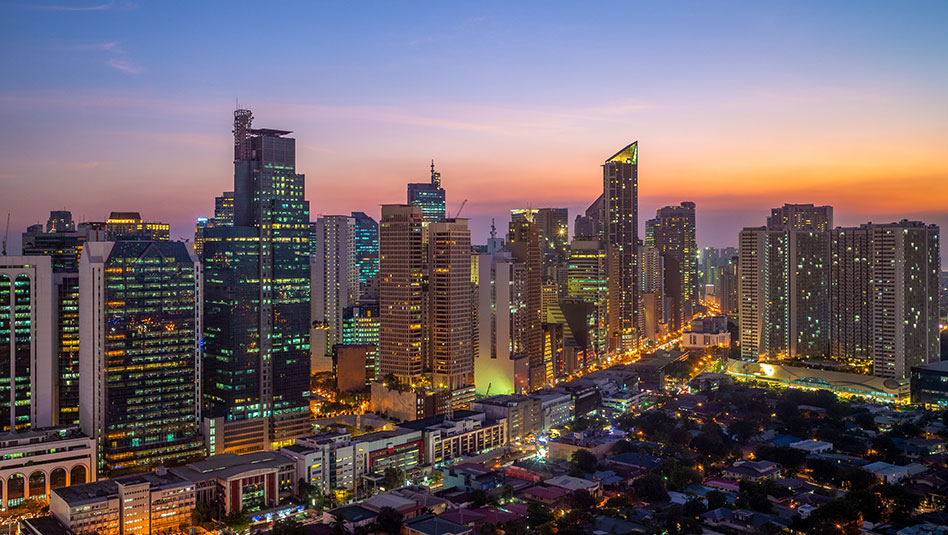




Policy Rate Updates: Double cut finale
 DOWNLOAD
DOWNLOAD

Monthly Economic Update: One for the road
 DOWNLOAD
DOWNLOAD

Inflation Update: Still low, still slow
 DOWNLOAD
DOWNLOAD


Double-digit credit growth to continue until 2025 — S&P Global

Lower interest rates and easing inflation will fuel double-digit credit growth in the Philippines through 2025, S&P Global Ratings said.
“Credit growth could improve. Higher economic growth, along with lower inflation and interest rates, will support credit demand,” S&P Global Primary Credit Analyst Nikita Anand said in a report.
“We forecast credit growth of 10%-12% in 2024 and 2025, compared with 8% in 2023,” she added.
Latest data from the Bangko Sentral ng Pilipinas (BSP) showed that bank lending grew by 11% in September, its fastest pace in nearly two years.
S&P said this outlook is driven by expectations that interest rates will normalize over the next year.
“We forecast policy rates could decrease to 5.5% in 2024 and 4.25% in 2025 as inflation stays moderate. This should also help contain asset quality risks emanating from a higher share of consumer lending.”
Since August, the central bank has reduced borrowing costs by 50 basis points (bps), bringing the key rate to 6%.
The Monetary Board’s final policy review for the year is set for Dec. 19.
BSP Governor Eli M. Remolona, Jr. earlier signaled the possibility of a 25-bp rate cut next month, which would bring the benchmark to 5.75% by yearend if realized.
Mr. Remolona also earlier said the BSP can deliver up to 100 bps worth of rate cuts for next year, though not necessarily every quarter or every meeting.
Philippine headline inflation averaged 3.3% in the first 10 months, within the BSP’s 2-4% target.
The BSP expects inflation to average 3.1% this year and 3.2% in 2025, both well within the target band.
Meanwhile, S&P Global said that economic growth will also support lending demand.
The credit rater sees Philippine gross domestic product (GDP) expanding by 5.7% this year and 6.2% in 2025.
The economy grew by a weaker-than-expected 5.2% in the third quarter, the weakest growth in five quarters. In the first nine months, GDP growth averaged 5.8%.
Banking sector outlook
Meanwhile, S&P Global said that the country’s banking system remains resilient.
“Banks maintain good buffers. Philippine banks are well positioned for growth with a sound capital position (15.7% Tier-1 ratio)… They have also maintained adequate provisioning, although we believe some write-back of pandemic-related provisions is likely amid a buoyant economic backdrop,” it said.
Under S&P’s Banking Industry Country Risk Assessment (BICRA), the Philippines is categorized under group 5.
The BICRA aims to “evaluate and compare the relative strength of global banking systems.”
BICRA scores are on a scale from one to 10, with group 1 representing the lowest-risk banking systems and group 10 being the highest risk.
Credit losses are also seen to “stay flattish,” S&P Global said.
“We expect the sector’s credit costs to stay at 0.5%-0.6% of gross loans over the next two years. The rising share of higher-risk (and higher-yielding) consumer loans is likely to lead to a manageable deterioration in the nonperforming loan ratio.”
“Large corporates, which form the bulk of the sector’s loan portfolio, should remain resilient. Banks with higher exposure to unsecured loans could see elevated credit costs as the portfolio matures,” it added.
On the other hand, it expects banks’ profitability to decline as margin expansion weakens.
“Earnings could moderate over the next two years. The sector’s return on average assets could normalize to the long-term average of 1.2%-1.4% over the next two years, after peaking at about 1.5% in 2023.”
“This is because net interest margins will decline in line with policy rates. A moderating cost-to-income ratio and increasing share of retail loans could push profitability above our forecast.”
S&P Global also flagged risks such as disruptions in the property market.
“A sharp correction in asset prices would hurt asset quality given banks’ sizable exposure to the residential and commercial real estate markets. Real estate loans form about 21% of sector loans; two-thirds are commercial real estate loans,” it said.
The exposure of Philippine banks and trust entities to the property sector declined to 19.92% at end-June, the latest central bank data showed.
This was its lowest ratio in four and a half years or since the 19.84% seen as of December 2019.
“Notably, office vacancy rates have stayed sustainably elevated in Metro Manila. While a fallout in the property sector is not our base case, it is a key downside risk amid higher interest rates and challenging global credit conditions,” S&P added. – Luisa Maria Jacinta C. Jocson, Reporter
This article originally appeared on bworldonline.com





 By BusinessWorld
By BusinessWorld